

Navan.ai is a platform enabling developers and businesses to build and deploy computer vision AI models without writing a single line of code in minutes while saving upto 85% of the development time and cost. Nstudio.navan.ai allows you to build computer vision models in minutes without any coding. Ncloud.navan.ai allows you to deploy AI models on the cloud and get an inference API in less than a minute. You can also choose to use pre-trained Vision AI models like person detection and more.
We make software to create 3D video for VR and virtual production. We convert footage from any VR180 camera into our 6DOF VR video format, or into meshes compatible with Unreal. Our 3D reconstruction is based on computer vision and deep learning.
Witei Image Recognition is a state-of-the-art cloud-based image recognition platform that provides developers with a powerful tool to create computer vision applications with ease. By leveraging cutting-edge artificial intelligence and machine learning technologies, Witei Image Recognition enables developers to easily build innovative applications that can recognize and interpret images in real-time. With its user-friendly interface and robust features, this platform is the go-to choice for developers looking to create high-performance image recognition applications quickly and efficiently.
Image Comparer is an innovative software tool that enables users to effortlessly compare images and identify precise differences. This cutting-edge technology reduces the time and effort involved in manually comparing images, making it an invaluable asset for professionals who need to quickly identify discrepancies between similar images. With its user-friendly interface and powerful algorithms, Image Comparer provides a reliable solution for detecting even the slightest variations in pictures. Whether you're a graphic designer, photographer, or simply someone who needs to compare images regularly, Image Comparer is an indispensable tool that can save you time and improve your productivity.
TensorFlow Object Detection API is a widely used open-source software library for object detection from images. This API provides researchers and developers with an efficient way to train and deploy their own customized object detection models. With its powerful set of tools, TensorFlow Object Detection API has been used in various fields such as autonomous driving, robotics, and surveillance. Its user-friendly interface and extensive documentation make it accessible to both beginners and experts alike. In this article, we will explore the features and benefits of TensorFlow Object Detection API in detail.
Microsoft Cognitive Services provides a wide range of artificial intelligence (AI) and machine learning tools to developers that can be easily integrated into their applications. One of the most popular services offered by Microsoft Cognitive Services is Computer Vision, which is a cloud-based image recognition API. This service uses advanced algorithms to analyze images and identify objects, faces, landmarks, and other important details. With its easy-to-use interface and powerful features, Computer Vision has become an essential tool for developers looking to build intelligent applications that can recognize and process images.
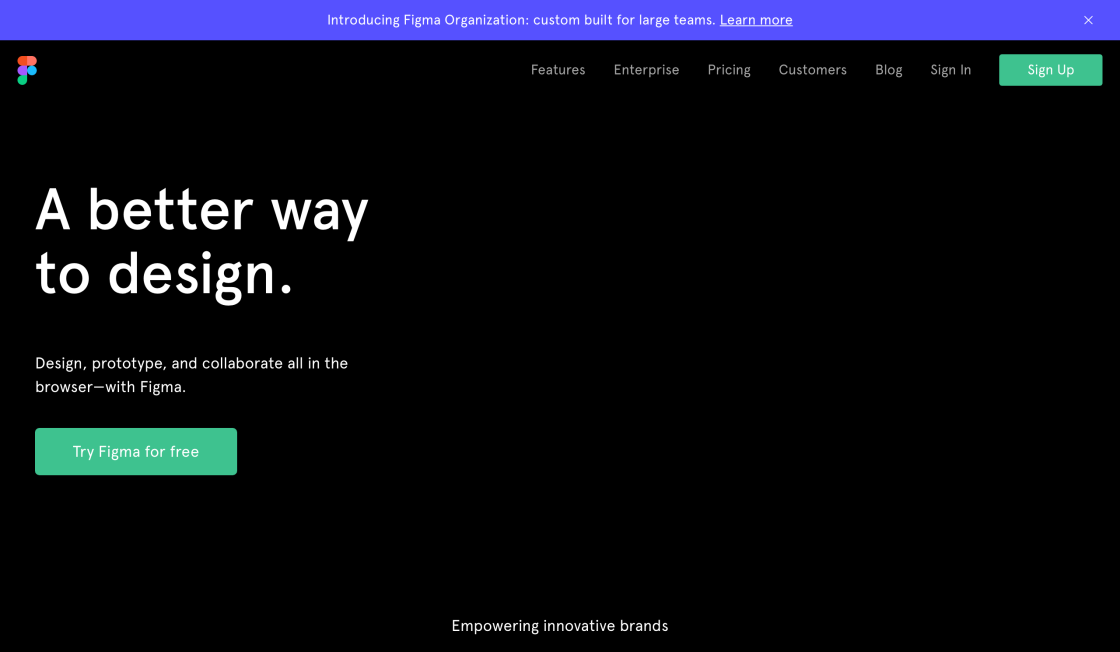
ChatGPT SVG Icon To Figma
AI Powered Design
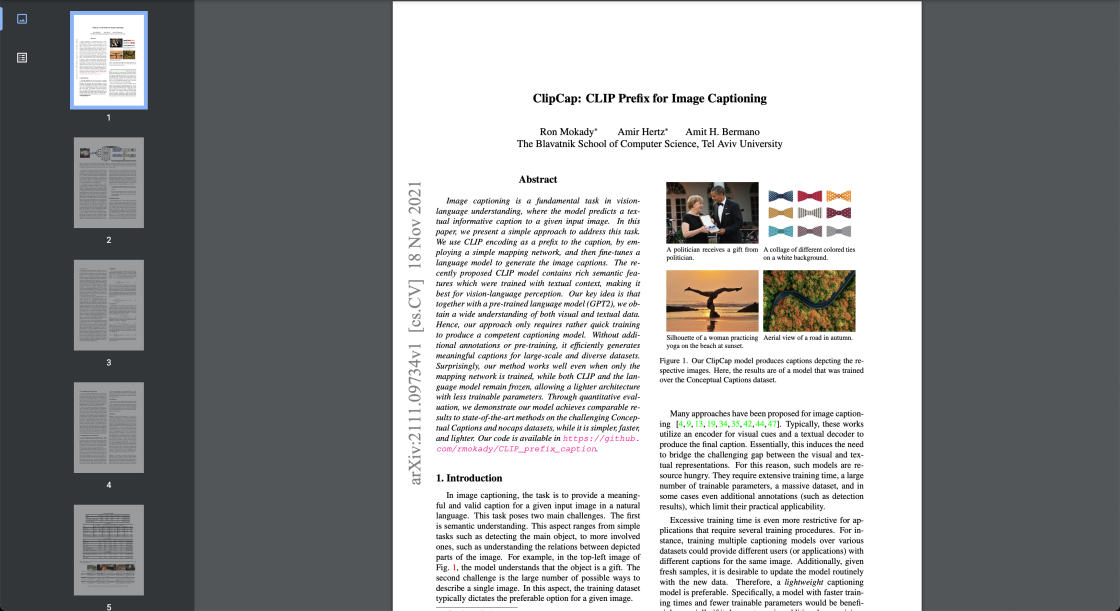
ClipClap
[2111.09734] ClipCap: CLIP Prefix for Image Captioning

Zapier
OpenAI (Makers of ChatGPT) Integrations | Connect Your Apps with Zapier
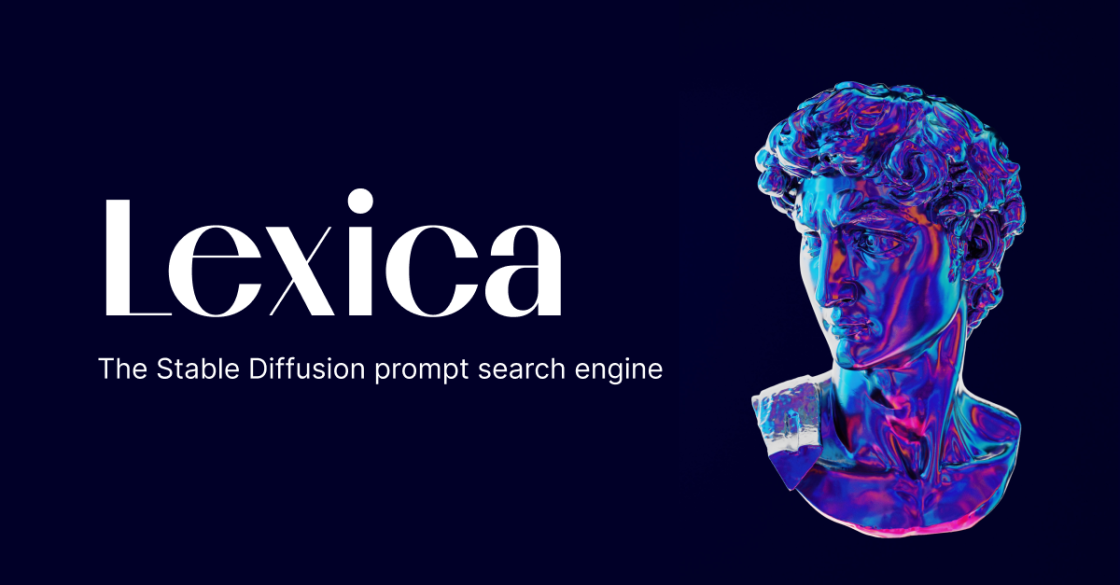
Lexica
The Stable Diffusion search engine.
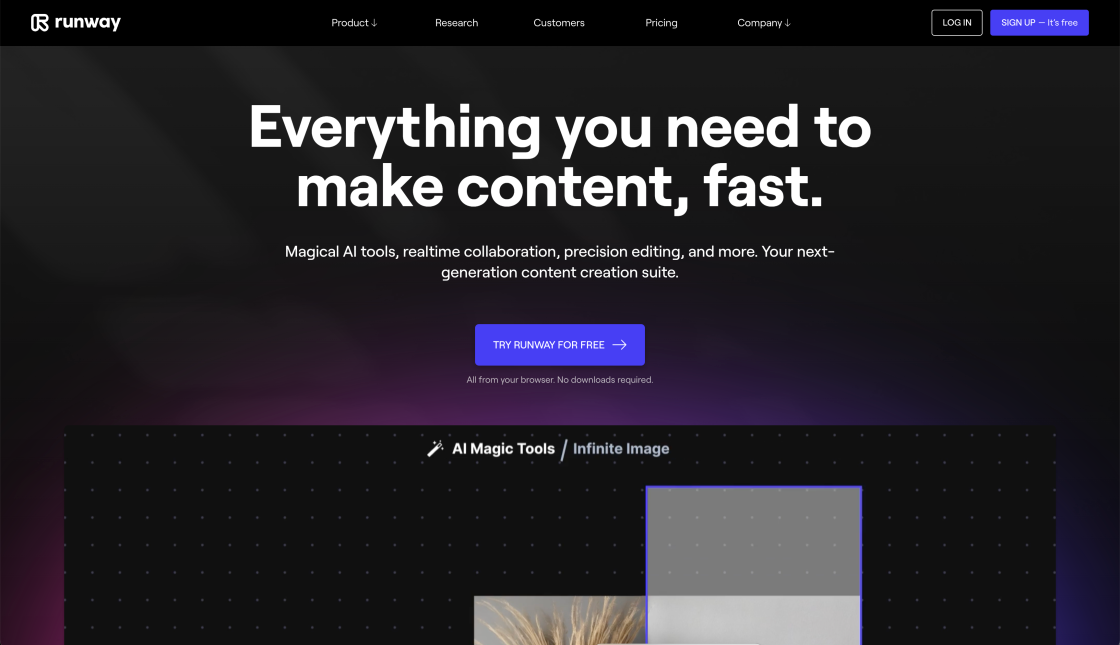
Runway ML
Runway - Everything you need to make anything you want.

Erase.bg
Free Background Image Remover: Remove BG from HD Images Online - Erase.bg
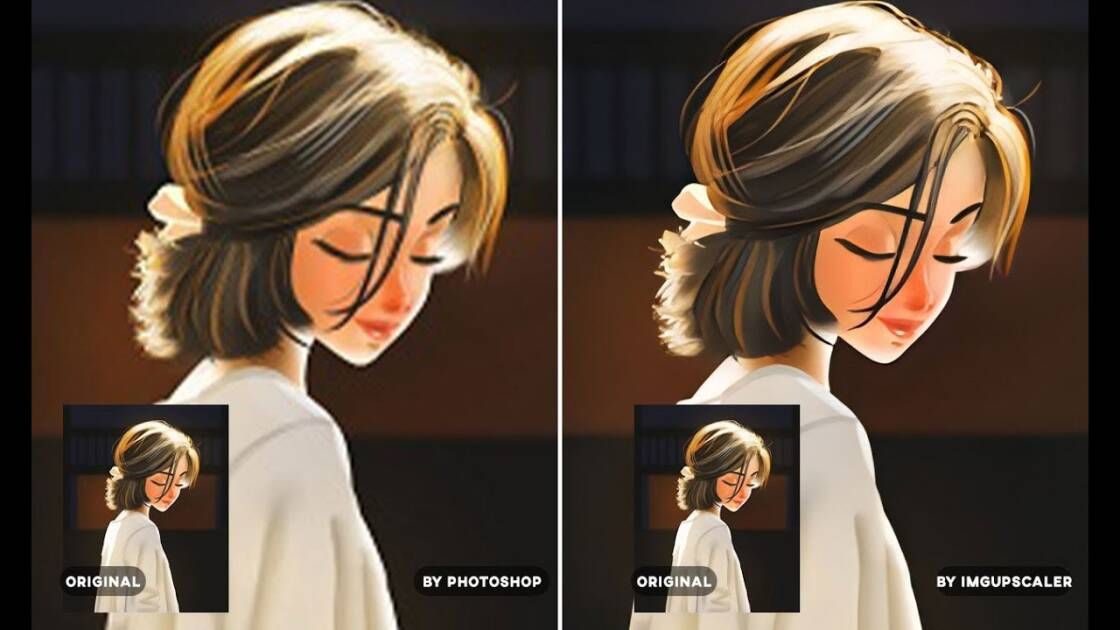
Img Upscaler
AI Image Upscaler - Upscale Photo, Cartoons in Batch Free
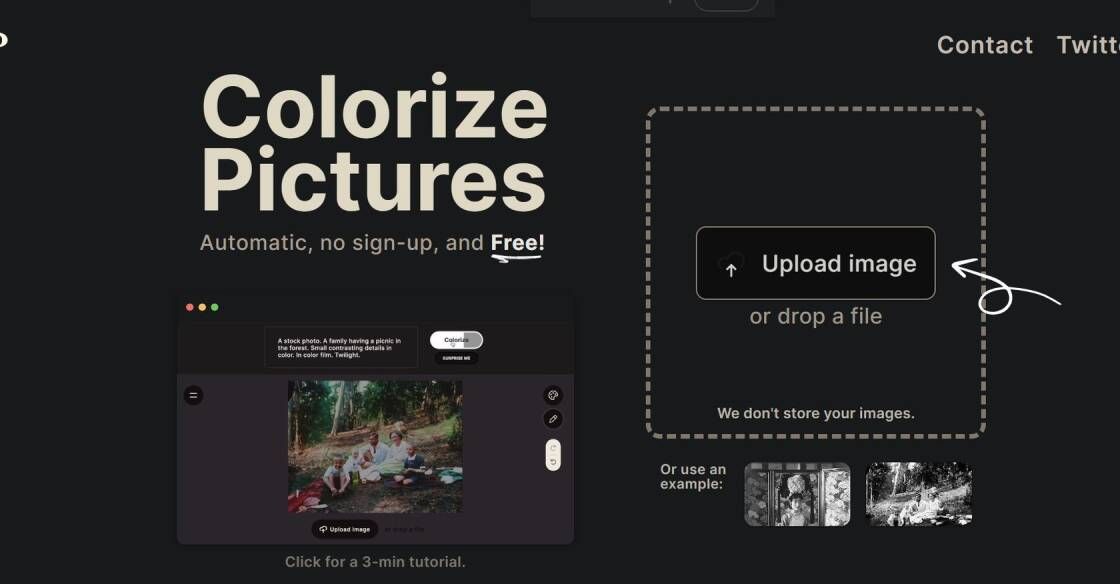
Palette.fm
AI Generated Music for Your Projects
U-Net is a cutting-edge deep learning model that has taken the field of image segmentation by storm. This remarkable model was introduced in 2015 and has since been widely adopted and refined by researchers and practitioners alike. The U-Net architecture is specifically designed for biomedical image segmentation tasks, where it has shown superior performance compared to other models. This is due to its ability to accurately segment complex images while retaining fine-grained details.
The U-Net model is based on a convolutional neural network (CNN) architecture, which is trained on large datasets of annotated images. It consists of an encoder and decoder network, each containing multiple layers of convolutional, pooling, and upsampling operations. The encoder network extracts high-level features from the input image, while the decoder network reconstructs the output segmentation map.
U-Net has been successfully applied to a variety of medical imaging tasks, such as tumor detection, tissue classification, and cell segmentation. Its versatility and accuracy have made it a valuable tool in the field of medical diagnosis and research. In this article, we will explore the inner workings of U-Net and its applications in biomedical image analysis.
U-Net is a deep learning model that specializes in image segmentation.
U-Net can segment images into different regions, which is useful for tasks such as detecting tumors or identifying objects within an image.
U-Net uses a convolutional neural network architecture to process images and identify different regions within them.
U-Net has been used for a variety of medical imaging tasks, such as detecting tumors and classifying tissue types. It can also be used for general image segmentation tasks, such as identifying objects in photos.
U-Net is highly accurate at segmenting images, and it is able to do so quickly and efficiently.
U-Net works best with high-quality images and may not perform as well on low-quality or noisy images.
U-Net can be used with most types of images, including medical images, satellite images, and photographs.
U-Net is considered one of the most accurate and efficient image segmentation models, especially for medical imaging tasks.
U-Net can be complex to implement, but there are many resources and tutorials available to help users get started.
Yes, U-Net is an open-source deep learning model that can be freely used and modified by anyone.
| Model Name | Developer | Year Introduced | Segmentation Accuracy | Architecture |
|---|---|---|---|---|
| DeepLabv3+ | 2018 | 96.53% | Encoder-Decoder with Atrous Separable Convolution | |
| Mask R-CNN | Facebook AI Research | 2017 | 96.4% | Region-based CNN with a Mask branch |
| FCN | Berkeley AI Research | 2014 | 92.5% | Fully Convolutional Network |
| PSPNet | MIT | 2016 | 95.13% | Pyramid Scene Parsing Network |
| ENet | University of Waterloo | 2016 | 89.4% | Efficient Neural Network |
U-Net is a deep learning model used for image segmentation tasks. It was introduced by Olaf Ronneberger, Philipp Fischer, and Thomas Brox in 2015. The model uses a convolutional neural network (CNN) to perform pixel-wise classification of images.
The U-Net architecture is unique in that it has a U-shaped structure, which is where it gets its name. At the bottom of the U, there are convolution and pooling layers that reduce the spatial dimensions of the input image. As the network moves upwards, these dimensions are gradually increased through a series of upsampling and concatenation operations.
One of the key advantages of U-Net is its ability to work with limited amounts of training data. This is achieved through a data augmentation technique that generates additional training samples from the existing ones. Additionally, the model uses skip connections that allow it to preserve important features from the input image as it passes through the network.
U-Net has been widely used in medical image analysis, particularly in the field of biomedical image segmentation. It has also been applied to other domains such as satellite imagery, microscopy, and robotics. The model has achieved state-of-the-art results on several benchmark datasets, making it a popular choice for image segmentation tasks.
In conclusion, U-Net is a powerful deep learning model for image segmentation that has been widely adopted in various domains. Its unique architecture and data augmentation techniques make it an effective tool for working with limited amounts of training data. If you are working on an image segmentation task, U-Net is definitely worth considering.
TOP